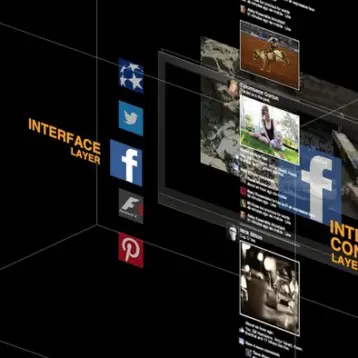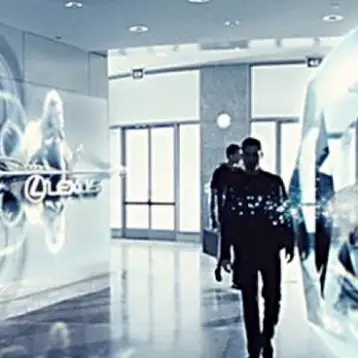The process of manufacturing the display starts with FDC producing stacks of semiconductor materials and metals on flexible Teonex Polyethylene Naphthalate (PEN) substrates from DuPont Teijin Films. Using the patented Self-Aligned Imprint Lithography (SAIL) process, HP patterns the substrates and consequently incorporates E–Ink’s Vizplex imaging film to result in an actively addressed flexible display on plastic. The Vizplex is a bi-stable electrophoretic imaging film, which allows images to be continuously displayed even when no voltage is applied. This considerably decreases the power consumed by the display.
|
Flexible electronic displays are creating new developments and solutions in the global high-tech industry. The technology provides opportunity for a new generation of portable devices, such as e-readers and similar products, developed to integrate portability with compelling user interfaces. Vinita Jakhanwal, principal analyst at Small and Medium Displays, iSuppli, expects the flexible display market to grow from $80 million in 2007 to $2.8 billion by 2013. Jakhanwal also adds that the Flexible Display Center at Arizona State University (ASU) is a key participant in helping to develop the technology and manufacturing ecosystem to support this market.
|
These flexible electronic displays could be applied to electronic paper and signage. Mass production could enable the displays to be put to use in notebook computers, smart phones and other electronic devices at a much lower cost than conventional display devices. From an environmental point of view, another major advantage is that these flexible displays use only 10% of materials utilized in current display production: Saving the environment and creating lighter devices for our pockets.
TFOT recently covered an innovative Carbon Nano-Tube Color A4 E-Paper developed by Samsung Electronics and Unidym. You can also check out our article about Flexible Computers that Conform to Any Shape and imagine what it would be like if your computer looked and worked like a magazine or a piece of paper to be tucked away into your pocket. Computers take on flexible forms we’ve never imagined in our article on Plastic Logic E-Newspaper, where this lightweight plastic screen copies the appearance, but not the feel, of a printed newspaper.












